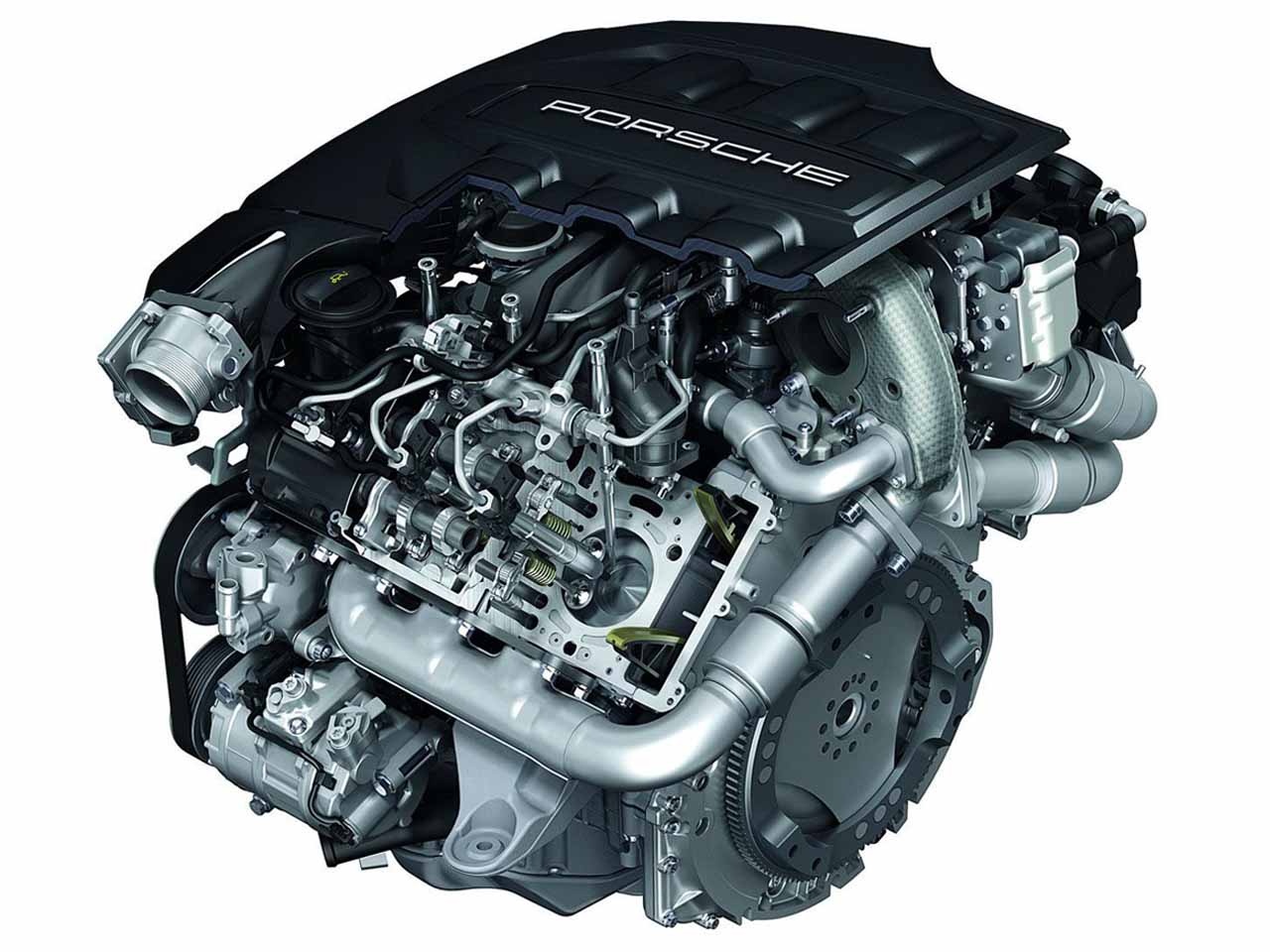Low sulfur diesel is in many ways an improvement of old high-sulfur diesel, but it isn’t free of problems. The sulfur in older fuels combines with nickel in the engine to create a molten alloy that enhances lubricity, a property that engineers anticipated when designing engines for the fuels. While engines and vehicles designed specifically for use with ULSD work well with it, the fuel hasn’t proven very popular with owners of older power plants.
Lower Lubricity
This is by far the biggest problem with ULSD. Diesel fuel, being essentially dinosaur juice, contains a certain amount of naturally occurring sulfur, which acts as a lubricant for your fuel system and engine in the same way antifreeze does for your cooling system; running without it is like running your engine and fuel pump without oil. The fuel pump, being essentially a tiny model of the diesel, is especially susceptible to loss of lubrication, since fuel is the only lubrication it has.
Consequences of Lower Lubricity
Fuel pump damage is one of the more inevitable consequences of using ULSD, but it isn’t the most severe. Two-stroke engines in particular are especially dependent upon sulfur as a lubricant, and running without the sulfur or something equivalent can easily result in premature cylinder bore and piston ring wear. While that may seem a bit far off, here’s something that will hit you in the pocketbook today: according to one test conducted by “Diesel Power,” loss of lubricity alone was enough to reduce fuel efficiency by a whopping 7 percent. And, as a an added perk, the nitrile rubber seals used in many fuel systems rely on sulfur to keep them swelled up and sealing. Depriving them of sulfur can result in almost immediate fuel leaks and seal failures in the pump.
Fuel Cetane Rating
Fuels come with two basic ratings. Octane — the fuel’s ability to resist premature detonation — you’re familiar with, but is far less relevant to diesels than cetane rating. Cetane is a measure of ignition delay, or the period between when the fuel enters the engine and when it actually ignites. Higher cetane numbers mean less ignition delay, which means more complete and efficient combustion. Removing sulfur involves flooding the fuel with hydrogen, which drops the cetane number by 5 to 10 points.
Consequences of Cetane Rating
There are two primary issues with ULSD’s lower cetane rating. The first is the loss of cetane itself, which causes a significant drop in fuel economy and possibly horsepower. Interestingly, that loss in fuel economy equates to an increase in hydrocarbon emissions, which sort of defeats the purpose of ULSD. The second major problem is that different fuel manufacturers use differing methods of removing the sulfur, and with varying levels of efficiency. This means that you might be getting 50 cetane fuel at one gas pump, and 40 at the next.
Fuel Additives
There are a number of additives on the market designed to allow older diesel engines to operate with ULSD fuels; it’s a growth market, to be sure, considering the average diesel’s service life and the fairly recent standardization of ULSD. In the “Diesel Power” test, the author saw the test truck’s fuel economy rise from 14.6 mpg with straight ULSD to 16.3 with a simple switch to two-stroke diesel with lubricant in it. Switching to a specialized additive with a synthetic lubricant and cetane booster brought fuel economy up to a respectable 17.4 miles per gallon.
Biodiesel
While the EPA does have a long history of good intentions, fuels like ULSD serve to illustrate the drawbacks inherent to the short-term bandages they’re willing to accept. The future of diesel, to one extent or another probably lies in the production of biodiesel. Biodiesel — produced by processing vegetable oil and other naturally occurring seed oils — offers incredible lubricity, even compared to the eutectics produced when sulfur combines with nickel. The cheapest biodiesel has a cetane rating of about 48, as high as 63 depending upon the manufacturer. It contains no sulfur whatsoever, and it’s even fully renewable. Break out the sunshine and rainbows; somewhere up North, polar bears are smiling.

Diesel Engine Problems Using Extra Low Sulfur Fuel
by
Tags:

Leave a Reply